[Date Prev][Date Next][Thread Prev][Thread Next][Date Index][Thread Index]
Reply to: [list | sender only]
[SA_Scat] Today, 15:30 Berlin time (13:30 UTC),lecture on inelastic and quasi-elastic neutron scattering onnanoporous materials
- To: Sarah Marshall-Bensch via sa-scat <[email protected]>
- Subject: [SA_Scat] Today, 15:30 Berlin time (13:30 UTC),lecture on inelastic and quasi-elastic neutron scattering onnanoporous materials
- From: "Pauw, Brian Richard via sa_scat" <[email protected]>
- Date: Fri, 23 Oct 2020 07:56:32 +0000
- Accept-Language: en-GB, de-DE, en-US
- References: <d3af1af2-e98b-41c9-aa16-dc08c271db72@Spark>
Dear colleagues and friends, This Friday at 15:30 Berlin time (13:30 UTC), we will have the 30th online #theLightStuff lecture. Here, Dr. Mi Tian from the University ofExeter will talk about Hydrogen storage materials and Neutron scattering.https://www.bam.de/Content/EN/Events/2020/thelightstuff/2020-10-23-the-light-stuff-online-lectures-tian.html Topic Neutron ‘Sees’ Hydrogen Confined in Nanopores Presenter: Dr Mi Tian, University of Exeter, GB Summary Nanoporous materials can adsorb large quantities of gases owing to the increased density of the gas inside the pores. Hydrogen, in its solid-state, offers far more compact energy storage density and capacity. We employed inelastic neutron scattering (INS) to prove the formation of solid-like hydrogen confined in nanopores. We identified the optimal porous structure to achieve the immobilised hydrogen with an extremely high density at mild conditions, without which we would not achieve such high hydrogen density. Then quasielastic neutron scattering (QENS) was then used to quantitatively illustrate the immobile and partially mobile H2 confined in pores at 35 K up to 130 K, indicating the population of immobile and partially mobile H2 is temperature-dependent. This confirmation of the effects of pore geometry and pore size on the confinement of molecules is essential in understanding and guiding the development and scale-up of porous adsorbents that are tailored for maximising H2 storage capacities, in particular for sustainable energy applications. To join, log in up to 10 minutes before the start using this Zoom link: To participate, use the meeting join link here.<https://zoom.us/j/179540673> Most previous lectures are on the YouTube channel: https://www.youtube.com/thelightstuff The upcoming program is available here: https://www.bam.de/thelightstuff All the best, Brian, Claire, Glen and Jenni — If you have received this email outside of working hours please be assured that there is no expectation that you will reply to it outside of your normal working pattern. Bundesanstalt für Materialforschung und -prüfung (BAM) Division 6.5 - Synthesis and Scattering of Nanostructured Materials Unter den Eichen 87 12205 Berlin Germany T: + 49 30 8104-3361 F: + 49 30 8104-1617 [email protected]<mailto:[email protected]><mailto:[email protected]> www.bam.de<http://www.bam.de/> __________________________________________________ Die BAM ist eine Bundesoberbehörde im Geschäftsbereich des Bundesministeriums für Wirtschaft und Energie. _______________________________________________sa_scat mailing [email protected]http://mailman.iucr.org/cgi-bin/mailman/listinfo/sa_scat
Reply to: [list | sender only]
- Prev by Date: [SA_Scat] decodeSAXS (3D model reconstruction) server
- Next by Date: [SA_Scat] Friday 15:30 Berlin time (14:30 UTC): online lecture onspin- and magnetic structures in nanoparticles as studied via SANS
- Prev by thread: [SA_Scat] Friday 15:30 Berlin time (14:30 UTC): online lecture onspin- and magnetic structures in nanoparticles as studied via SANS
- Next by thread: [SA_Scat] decodeSAXS (3D model reconstruction) server
- Index(es):

